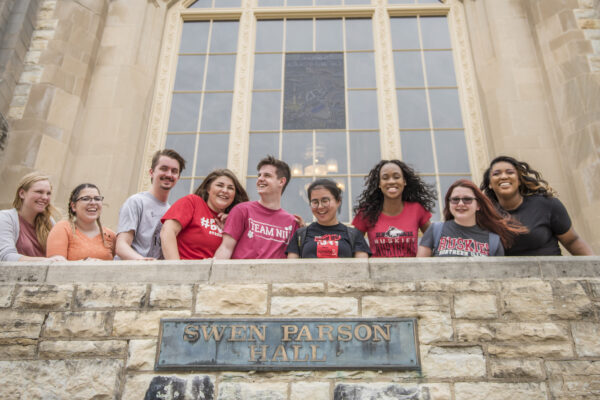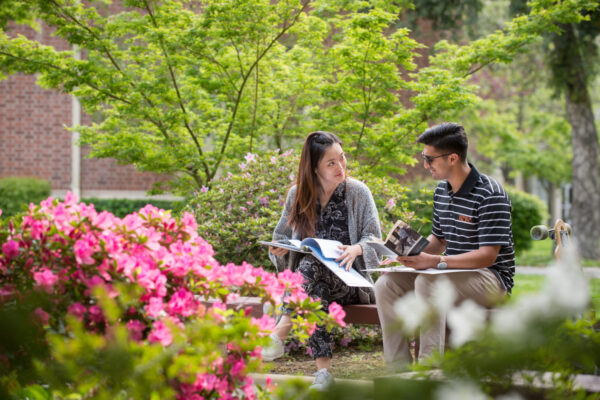by Brad Farnsworth
The release of Open Doors, the annual report on international student enrollments in the United States, is a major event in our community. Published by the Institute of International Education and funded by the State Department, the report has only grown in importance since 2016, when we started to see declines in new student enrollments. The report is now the catalyst for far-reaching debates about the relative competiveness of the United States, the importance of the domestic political environment, and the impact of government policies.
As many of you know by now, new student enrollments are essentially unchanged from 2018. Given what I have heard from our members, I was expecting something far worse. Nevertheless, the aggregate numbers mask some real pain at the institutional level. Community colleges and regional publics in particular are struggling. These institutions remain some of the best bargains in our system, and they have plenty of capacity. Community colleges in particular have become much more adept at developing articulation agreements with four-year institutions.
Over the next few months, we can expect a renewed debate on the need for a national policy on international students, similar to policies in the UK and other countries. Such a policy for the United States would present significant challenges: the process itself could take years of effort, and it would potentially distract us from advocating for government policies that would immediately improve our competitiveness. On the other hand, if the planning and consultation process led to widespread agreement on an ambitious growth target, it could be the stimulus for adopting those policies.
One starting point could be the percentage of international students who are currently enrolled in the four English-speaking countries with world-class universities comparable to the United States: Canada, the UK, Australia, and New Zealand. The average across the four countries is about 21 percent, with a high of 32 percent in Australia and a low of 15 percent in New Zealand. In the United States, it is roughly 5 percent. In any other globally competitive industry, that number would be the topic of business conferences and special issues of academic journals. A doubling of that number would still put the United States well below all four benchmark countries.
International students bring critical skills to our country, contributing to the competitiveness of key industries and technologies. They often build international collaborative networks that lead to greater innovation. Even when they return to their home country, they leave with a more nuanced understanding of American society and values. Given these benefits to society as a whole, we believe that the American public could be a supportive partner as we seek to make the United States a more attractive destination for international students.
To achieve this, we need a better understanding of how to engage the public. With support from the Charles Koch Foundation, ACE will soon be conducting a survey of public opinion on international students. We will ask them what they already know about these students and about any anxieties or reservations they may have about their presence in our country. One of our goals is to develop a toolkit that will help our members engage their communities on this issue. The same grant will help us develop a research agenda that will focus on the career pathways of international students and how they contribute to the U.S. economy.
Our ultimate goal is to strengthen the position of the United States as the top destination in the world for international students. We will do this through evidence-based advocacy for policies that have broad public support, and we will do it by directly supporting our members as they seek to attract and serve international students. I look forward to working with all of you on this important challenge.
If you have any questions or comments about this blog post, please contact us.



